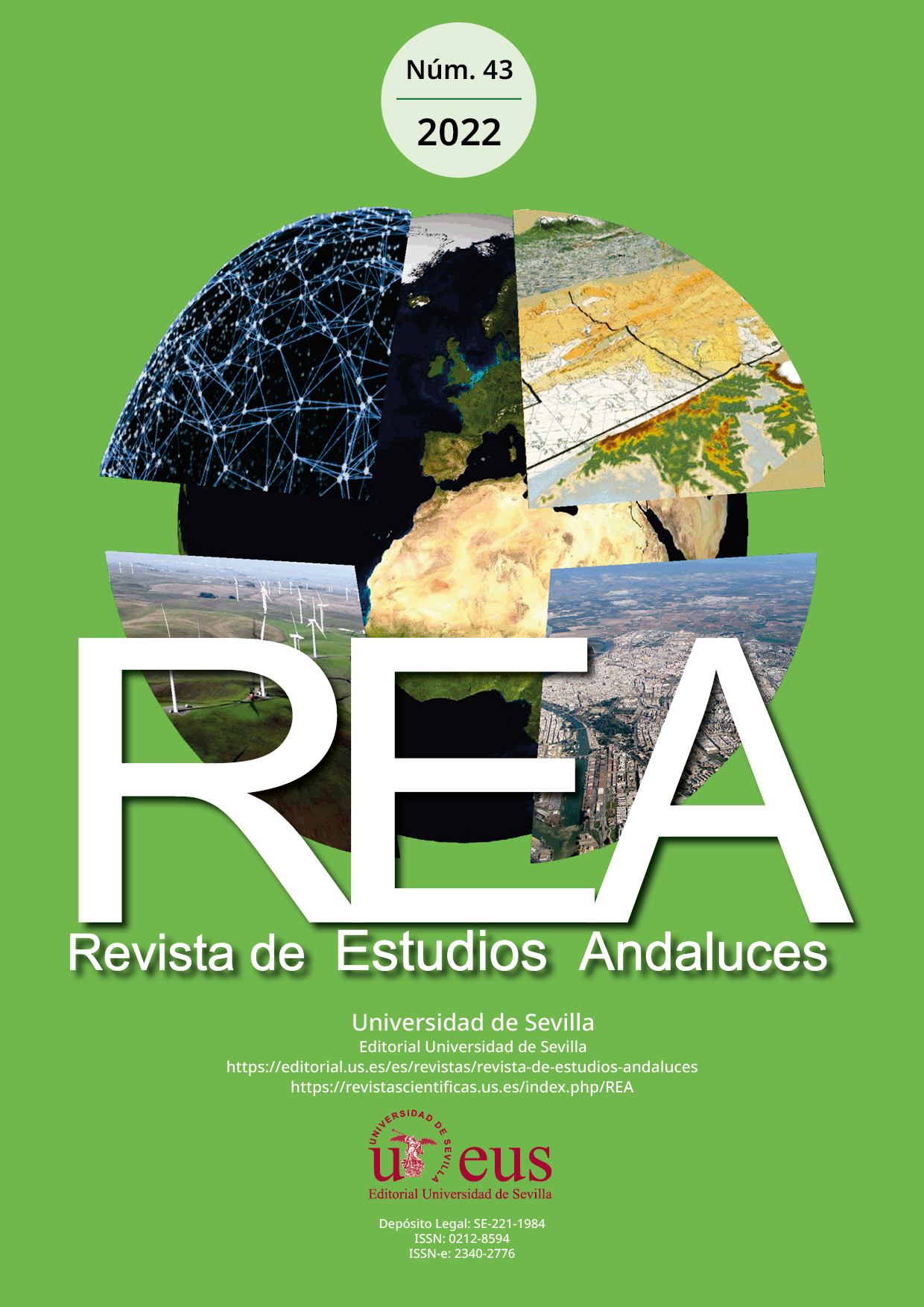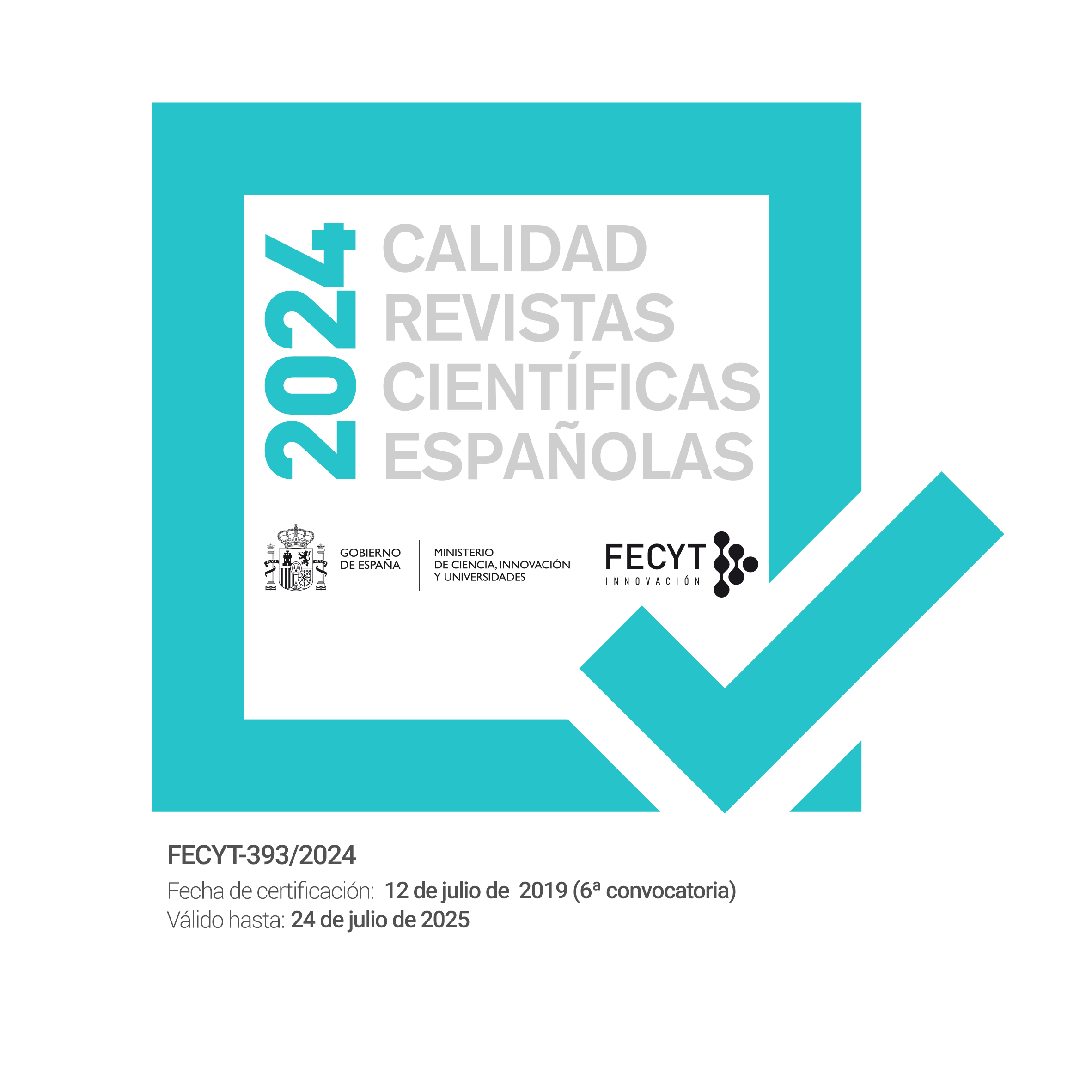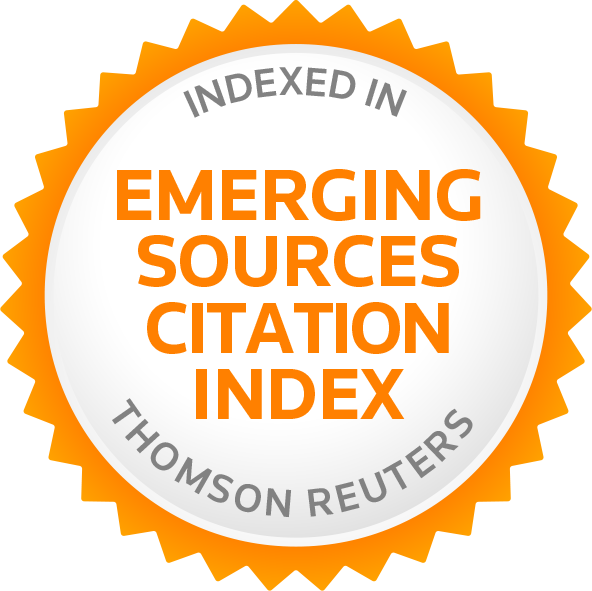Does a visit to a blue-green space evoke positive feelings? Blue and green spaces survey in Shkodra’ Lake, Albania
Palabras clave:
Blue space, Green space, Urban planning, Health, Mood, Well-beingResumen
People living in urban areas must face several challenges to improve their health and well-being.
The purpose of this research is to further explore how the use of urban blue and green spaces is related to the people’s mood feelings when visiting these spaces. A cross-sectional study is carried out with an adult sample population in Albania with people between 16-74 years old by an online survey. Respondents have been asked to complete the survey via the platform Google Form, from April to May 2021. The questionnaire included questions related to socio-economic characteristics, urban green and blue spaces (GBS), and self-reported feelings information. After the validation and cleaning process, a representative sample (95% level of confidence) of 530 respondents was obtained. Descriptive statistics were used to analyze indicators such as (1) sociodemographic characteristics; (2) frequency of visits in GBS in the last 4 weeks; (3) time spending during the visit; (4) activities carried out during the visit; (5) type of accompaniment; (6) the reason for not visiting GBS and the quality of GBS. The SPSS software platform was used for the statistical analyses. The frequency, percentage, mean and standard deviation calculations were used to calculate data from the sample. The Chi-square test was used to examine the relationship between the frequency of visits in blue space and the people’ mood. The study shows a significant relationship among the frequency of visits of blue and green spaces and positive mood feelings.
Descargas
Descargas
Publicado
Cómo citar
Número
Sección
Licencia
Derechos de autor 2022 Revista de Estudios Andaluces

Esta obra está bajo una licencia internacional Creative Commons Atribución-NoComercial-CompartirIgual 4.0.
La edición electrónica de la Revista de Estudios Andaluces se ofrece en acceso abierto desde el número 28 publicado en 2011 hasta la actualidad. Las ediciones impresa y electrónica de esta Revista son editadas por la Editorial de la Universidad de Sevilla, siendo necesario citar la procedencia en cualquier reproducción parcial o total.
La Revista de Estudios Andaluces no cobra tasas por el envío de trabajos, ni tampoco cuotas por la publicación de sus artículos. La Revista es gratuita desde el momento de la publicación de cada número y sus contenidos se distribuyen con la licencia “CreativeCommons Atribución-NoComercial-SinDerivar 4.0 Internacional” , que permite al usuario de la Revista de Estudios Andaluces criterios que cumplen con la definición de open access de la Declaración de Budapest en favor del acceso abierto. Puede consultar desde aquí la versión informativa y el texto legal de la licencia. Esta circunstancia ha de hacerse constar expresamente de esta forma cuando sea necesario.







